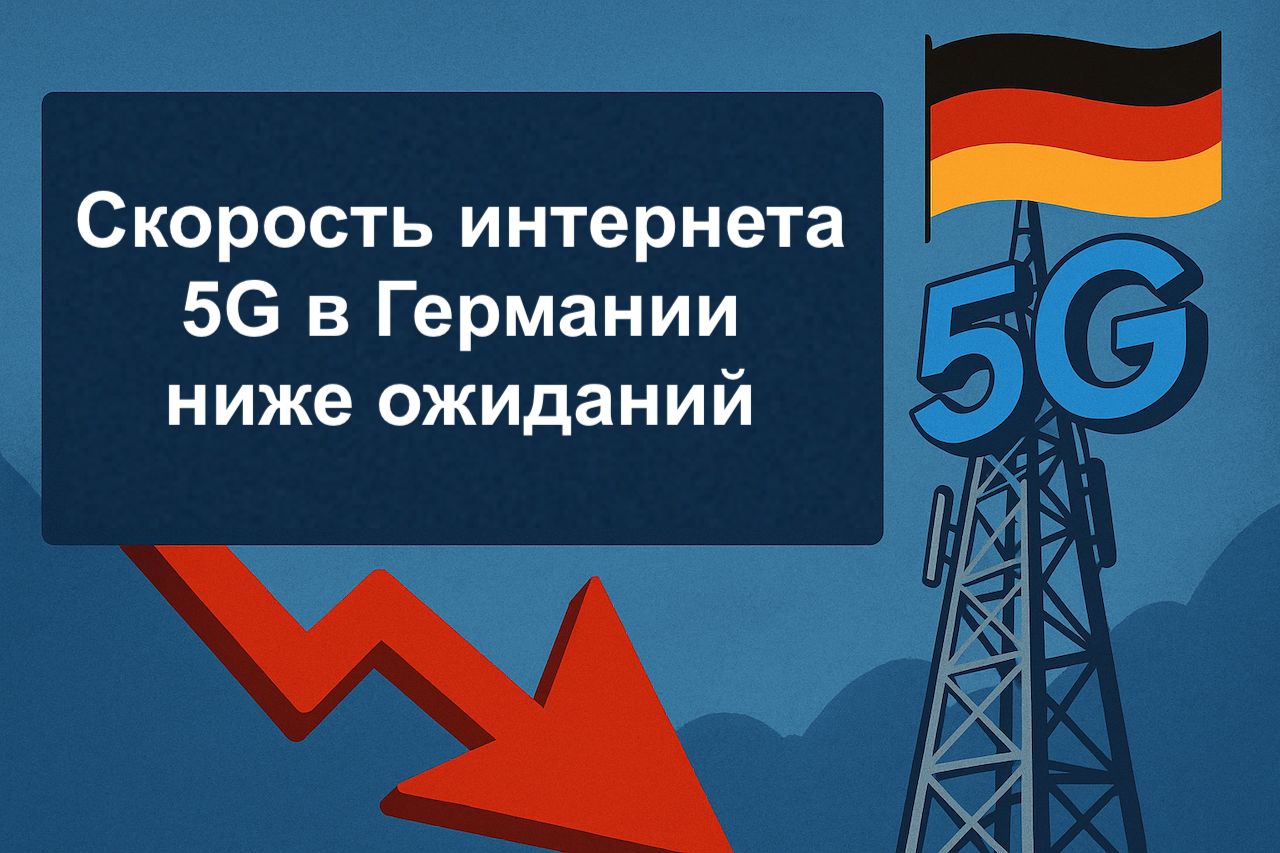
What’s wrong with 5G?
As is well known, 5G is an objective product of the evolution of mobile communications, designed to open up completely new perspectives in the field of communication. The number of 5G users worldwide is already steadily increasing. This is primarily explained by the higher speed of mobile internet when using this new technology.
This fifth-generation mobile network is intended to offer many times faster data transfer rates, minimal latency in the process, as well as the ability to connect a significant number of devices simultaneously.
It is important to emphasize that 5G is not the “pinnacle” of technological creativity and effort of any single company or particular country. On the contrary – it is the collective result of active work by experts, scientists, and numerous innovative corporations and companies across many countries of the world. The fifth generation of mobile communications (5G) is based on technologies related to frequency, data transmission, infrastructure, and security.
Naturally, all these components are interdependent and interconnected. For example, high frequencies provide higher data transfer speeds, but therefore require a dense network of antennas and base stations. Low frequencies, on the other hand, guarantee more reliable signal distribution over long distances, overcoming obstacles and covering larger areas.
The leading positions in this regard worldwide are held by: China (1 million 5G towers providing full coverage of the country’s territory), the USA (about 7,500 cities using 5G connections, although coverage remains very uneven), Germany (more than 2,300 cities with 5G). The United Kingdom, Thailand, Switzerland, Austria, the Netherlands, Japan, and South Korea are also actively expanding their 5G coverage infrastructure.
At the same time, it must be acknowledged that even in countries with well-developed infrastructure, 5G coverage is not always stable, since it requires the installation of new towers and the use of high-frequency spectrum. And as practice shows, while this spectrum can effectively bypass obstacles and terrain, it is sensitive to weather conditions, solar activity, and penetrates building walls rather poorly.
In this context, a recent publication in the German daily business newspaper Handelsblatt (“Die große 5G-Enttäuschung”) is particularly noteworthy, highlighting the “serious disappointment” with 5G networks in Germany. Experts have assessed that the speed of fifth-generation mobile internet in Germany is significantly below the “enthusiastic” expectations.
The high latency in these networks limits the potential of applications requiring instant response and real-time communication. Overall, this may negatively affect the development of several economic sectors – including some of the leading ones.
As it turns out, none of the network operators (Deutsche Telekom, Vodafone, and Telefónica) have achieved an average latency below 10 milliseconds, as required to meet the quality level of 5G set by the 3rd Generation Partnership Project (3GPP), which develops technical specifications for mobile communications.
The publication notes: “Although indeed faster than 4G, the promised real-time connectivity has not become a reality. This is a huge disappointment.”
Categories: Latest





